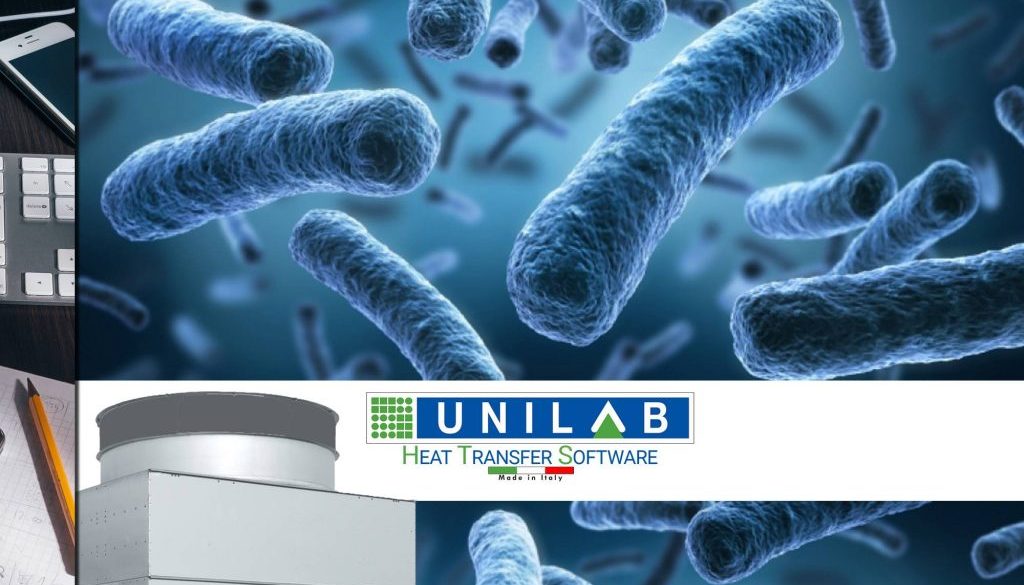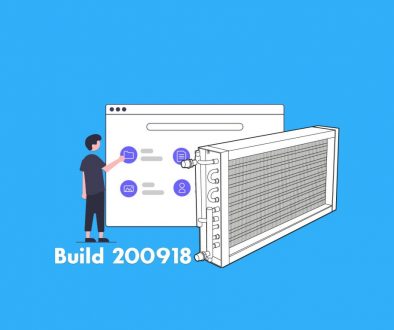COOLING TOWERS AND LEGIONNAIRES’ DISEASE, PART. 2: MAINTENANCE
After the necessary historical notes, in this second part of our analysis on the current theme of legionnaires’ disease associated with towers, let’s go into detail on how a cooling tower and an evaporative condenser work, and especially how to keep them functional and efficient. We remind our customers that in its software park, Unilab has its own two software for the calculation in verification of evaporative cooling and evaporative condensers.
Cooling towers and evaporative condensers are efficient and economical means of heat dissipation in air conditioning systems, refrigeration systems and industrial process cooling systems. Used for over 50 years, they are a compact, silent solution, with very low energy consumption and capable of recycling more than 95% of the water in circulation. The ease of use and maintenance, after the adoption of an appropriate program of control and maintenance of the system, guarantee lasting efficiency and safety to the system.
The now abused image of steam coming out of cooling towers or evaporative condensers has always been erroneously associated with environmental pollution. Nothing could be more misleading. Steam smoke is actually created when the hot air coming out of the evaporative tower, in contact with the ambient air, which is colder, condenses.
It is therefore a pure water vapor that does not contain bacteria or pollutants.
However, drops of water, dragged by the airflow and carried out of the tower, could be highly dangerous if contaminated by the legionnaires’ disease bacterium!
In order to reduce drift dragging and the aerosol effect in the immediate vicinity, it is imperative that all evaporative coolers are equipped with properly designed drift separators that cover the entire air outlet area. The higher the efficiency of the droplet separators, the less water will escape in the form of aerosols, and therefore the lower the risk of infection. However, it should be noted that even the best droplet separator does not 100% eliminate aerosol penetration.
The best way to keep installations safe and efficient is to prevent the uncontrolled multiplication and spread of the Legionnaires desease bacteria. To achieve this, it is essential a comprehensive approach focused on:
- Selecting, positioning and installing the different components of the system correctly
- Defining and executing an appropriate treatment program to maintain water quality within control parameters
- Elaborating and executing a preventive maintenance program
- Properly monitoring and keeping records of system operation and circulating water quality
By Francesco Viola, Thermodynamic Engineer
Sources:
Guidelines for the prevention and control of Legionellosis, edited by the Italian Ministry of Health
Eurovent, Guidelines on how to maintain efficient and safe cooling systems







